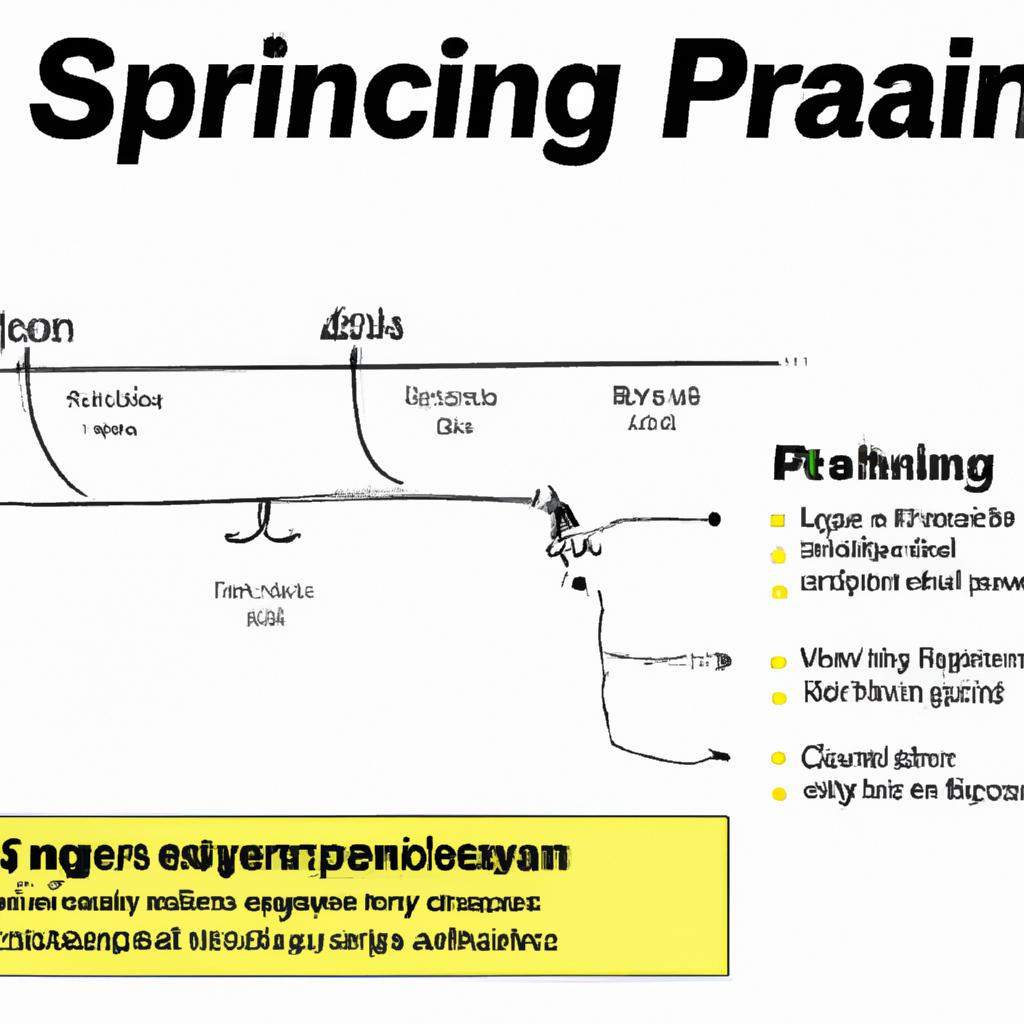**”Sprint Mechanics: Breaking Down the Key Elements of Efficient Sprinting Technique for Enhanced Performance”**
# Sprint Mechanics: Breaking Down the Key Elements of Efficient Sprinting Technique for Enhanced Performance
Sprinting is one of the most fundamental athletic activities, yet it is often misunderstood. Efficient sprinting technique can significantly enhance performance, reduce the risk of injury, and improve overall athletic prowess. This blog post will delve into the mechanics of sprinting, breaking down the key elements of efficient technique and providing insights on nutrition, exercise, and health benefits.
## Understanding Sprint Mechanics
### The Role of Body Position
Body position is crucial in sprinting. A sprinter’s posture should be upright but slightly forward-leaning, with the head aligned with the spine. This alignment allows for optimal power transfer and reduces drag. The shoulders should remain relaxed and low, while the hips should be in line with the shoulders.
### Arm Movement
Arm movement plays a pivotal role in sprinting efficiency. The arms should move in a coordinated motion with the legs, swinging forward and backward to help generate momentum. The elbows should be bent at approximately 90 degrees, and the hands should remain relaxed, avoiding any tension that could hinder performance.
### Leg Mechanics
Leg mechanics consist of several key components, including stride length and frequency. A sprinter must strike a balance between these two elements for optimal speed. The leg should drive forward and upward during the recovery phase and then extend fully during the push-off to maximize power.
## Nutrition Tips
Proper nutrition is essential for any athlete, and sprinters are no exception. Here are some nutrition tips to enhance sprint performance:
1. **Carbohydrates for Energy**: Carbs are the body’s primary energy source. Incorporating whole grains, fruits, and vegetables will ensure adequate glycogen stores for sprinting sessions.
2. **Protein for Muscle Repair**: Consuming protein post-workout helps in muscle recovery. Lean meats, legumes, and dairy products are excellent sources.
3. **Hydration**: Staying hydrated is vital for maintaining performance. Drink water before, during, and after workouts to prevent dehydration.
4. **Pre-Workout Snacks**: A small snack rich in carbohydrates and low in fat, such as a banana or a slice of toast with honey, can provide a quick energy boost before sprinting.
## Exercise Advice
To maximize sprinting performance, incorporating specific exercises into your training regimen is essential. Here are some recommendations:
### Plyometrics
Plyometric exercises, such as box jumps and bounding, enhance explosive strength, which is critical in sprinting. These exercises train the muscles to exert maximum force in short intervals, improving overall speed.
### Sprint Drills
Performing sprint drills like high knees, butt kicks, and A-skips can improve running mechanics and increase stride frequency. These drills focus on form and help reinforce proper sprinting techniques.
### Strength Training
Incorporating strength training into your routine is vital for building the muscle necessary for sprinting. Focus on compound movements like squats and deadlifts, which target multiple muscle groups and enhance overall power.
## Health Benefits
Sprinting offers a multitude of health benefits beyond athletic performance:
### Improved Cardiovascular Health
Sprinting can significantly improve cardiovascular fitness. High-intensity interval training (HIIT), which often includes sprinting, is known to boost heart health, increase lung capacity, and improve overall endurance.
### Increased Muscle Strength
Regular sprinting helps build lean muscle mass, particularly in the legs and core. Strong muscles contribute to better overall athletic performance and can help prevent injuries.
### Enhanced Mental Well-being
Engaging in high-intensity exercise like sprinting releases endorphins, which can improve mood and reduce symptoms of anxiety and depression. The mental focus required during sprinting can also enhance concentration and cognitive function.
## Conclusion
In summary, mastering sprint mechanics is vital for enhancing performance and reducing injury risk. By understanding body position, arm movement, and leg mechanics, sprinters can optimize their technique. Additionally, proper nutrition, targeted exercises, and awareness of the health benefits of sprinting can further amplify performance gains. With consistent training and a focus on these key elements, athletes can achieve their sprinting goals and enjoy the myriad benefits that come with this powerful form of exercise.















Post Comment